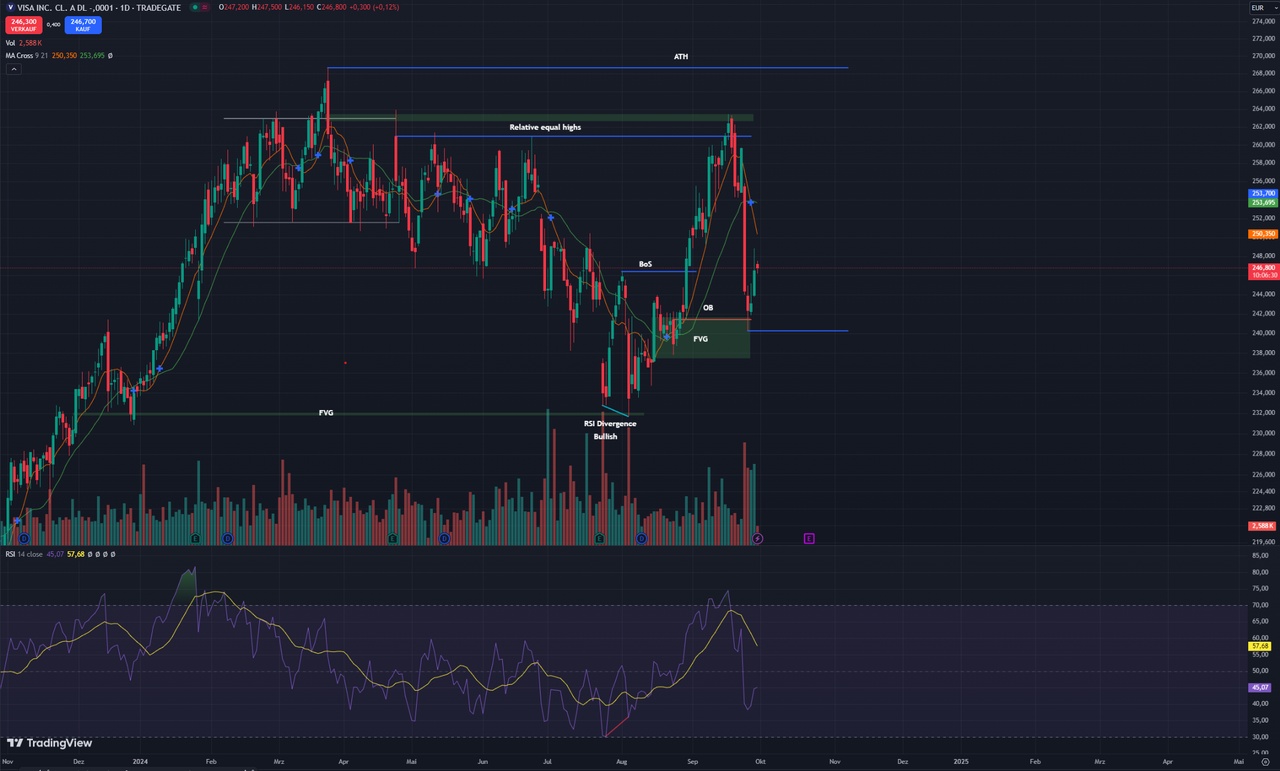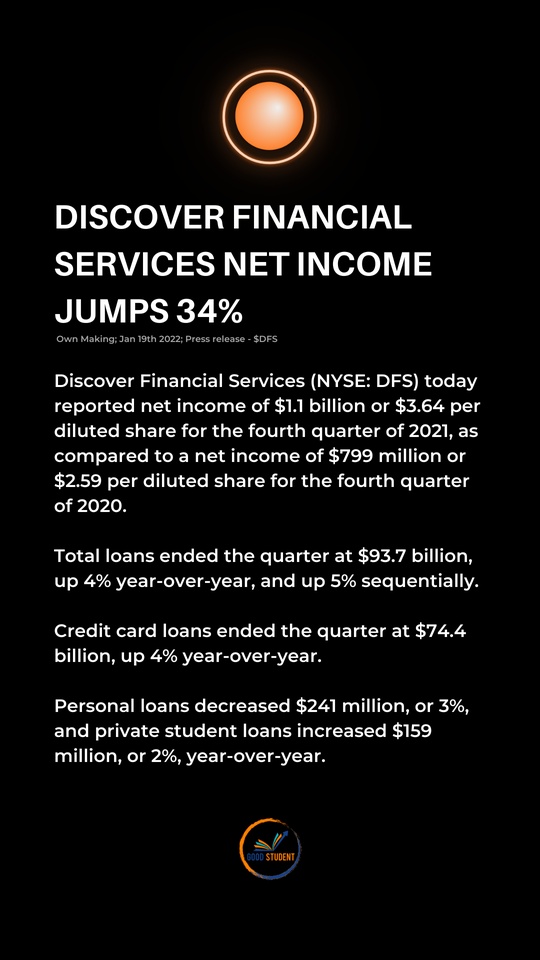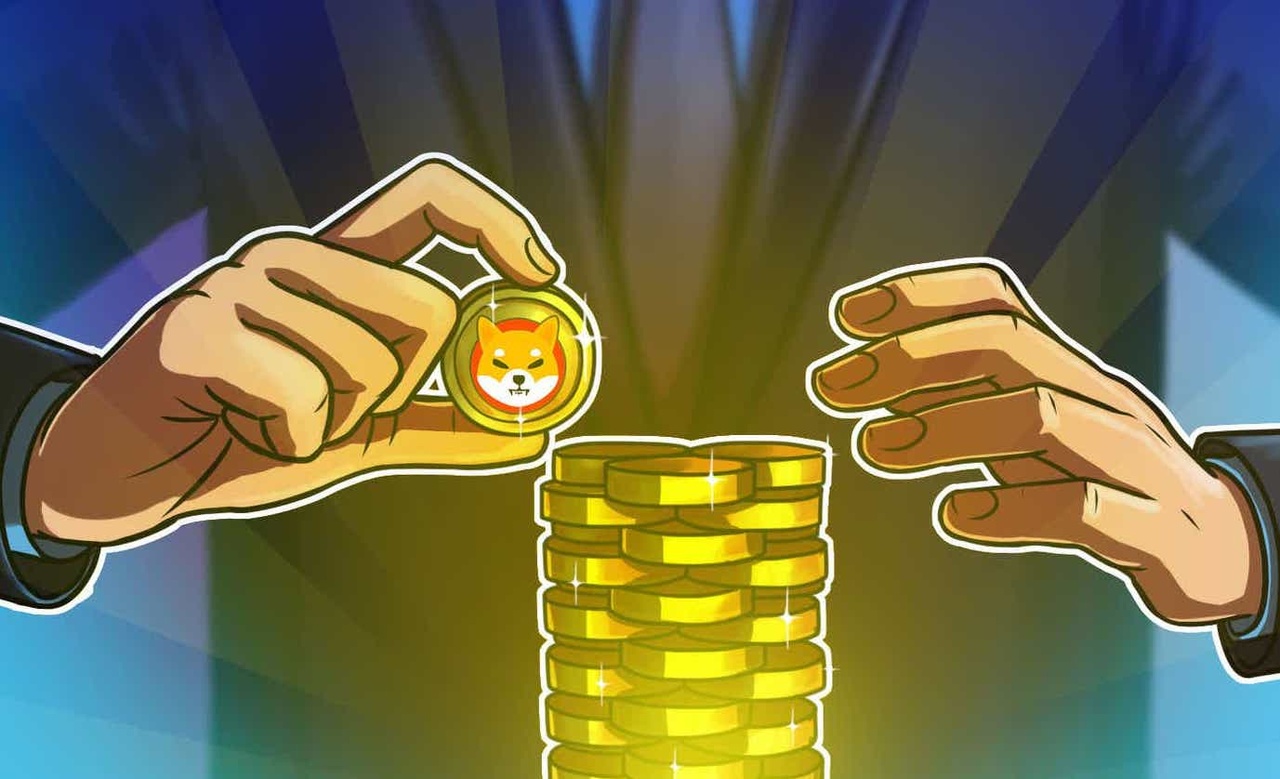Hello my investment friends!
Today I would like to present you my analysis of $V (-2,33%) today.
Should I also start providing download links soon, where you could download the whole analysis as a PDF?
September 30, 2024
1. introduction
1.1 Brief description of the company
Visa Inc. is a global leader in payment technology. It provides electronic payment services and enables secure transactions between consumers, merchants, financial institutions and governments. Visa operates one of the largest global payment networks, VisaNet, which processes payments in over 200 countries and regions. The business model is based on charging fees for transaction processing and services, not on granting credit. Visa is active in the areas of credit, debit and prepaid cards as well as digital payments and supports traditional, mobile and online payments.
1.2 Current market situation
In September 2024, the overall economic situation shows stabilization after a period of uncertainty, although several risks remain. Global inflation has weakened, leading to an easing of monetary policy in many countries. This has stimulated consumption and stabilized growth at a moderate level.
For Visa, this situation presents both opportunities and challenges:
Positive impact from interest rate cuts: Interest rate cuts have lowered borrowing costs worldwide, which has led to an increase in consumption. This is having a positive impact on Visa's transaction volume as consumers are spending more and using credit and debit cards to do so.
Cross-border payments and tourism: Travel, particularly in regions such as Asia and Europe, has largely recovered, boosting Visa's cross-border transactions. However, certain markets such as China are showing a decline in travel, which is impacting Visa's revenue in these regions.
Ongoing risks: Despite moderating inflation, fears of recession remain, particularly in Europe and North America. A potential decline in consumer spending could weigh on Visa as uncertainties could affect consumer behavior.
2. fundamental analysis
2.1 Business model and market position
Visa operates a global payment network that enables financial institutions, merchants and consumers to process payments quickly and securely. The company is not a lender, but provides the technological infrastructure through which payment transactions are processed. Visa's main revenue comes from transaction fees charged for processing card payments and from network service fees paid by banks and payment service providers for using the Visa network. They benefit from scaling: the more transactions are made worldwide, the higher the revenue.
Visa is a clear market leader in the area of payment services and the credit card industry. Together with Mastercard, Visa dominates global payment transactions, especially card payments. While Mastercard operates a similarly strong network, Visa has the largest market share in terms of the number of cards issued and transaction volume. In the USA and worldwide, Visa has by far the largest market share among the card networks. Competitors such as $AXP (-3,64%) and $DFS also have strong positions, but are more focused on specific regions or target groups and often operate as closed systems where they are both card issuers and network operators.
Visa has several long-term moats:
Network effects: The more consumers use Visa cards and the more merchants accept Visa, the more valuable the network becomes for all participants. This network effect creates high barriers to entry for new competitors as Visa has already built a massive global infrastructure.
Global reach and scale: Visa operates in over 200 countries and is able to process payments in multiple currencies and across national borders. This global presence and scalability gives Visa a significant advantage over smaller or regional competitors.
Brand loyalty and trust: Visa enjoys a high level of trust among consumers, banks and merchants worldwide. The brand stands for security, reliability and convenience, making it difficult to lose existing partnerships and customers to competitors.
Technological infrastructure and security: Visa invests heavily in cutting-edge technology to make payment systems safer and faster. Solutions such as tokenization and advanced fraud detection systems provide additional security, which both consumers and merchants appreciate. This creates another moat against competitors who cannot invest on the same scale.
Strong partnerships: Visa has created a deeply rooted ecosystem through close relationships with banks, merchants and payment service providers. These partnerships enable the company to constantly improve its services and tap into new markets.
2.2 Key valuation figures
Tables missing due to missing function
P/E values for the last 15 years
With a current value of 29.5, we are already in a rather high range. However, it should also be borne in mind that we have seen very high values of up to 39 in the past.
P/B values of the last 15 years
With a current value of 13.5, we are in an average range compared to the last few years. The average values of the last 15 years are not relevant here due to different conditions.
P/S values of the last 15 years
With a current rating of 15.3, we are in a rather above-average range for the last 15 years. Of greater significance, however, is the relatively average situation compared to the last 3 years.
2.3 Growth potential
In recent years, the company has recorded steady sales and profit growth, driven mainly by the growing acceptance of digital payments and expansion into new markets. Visa has achieved average revenue growth of 10-12% per year in recent years. In 2023, revenue increased by around 11% compared to the previous year. This increase was driven by the growing use of digital payment methods and the increasing use of real-time payment systems. Visa's profits also developed strongly, with double-digit growth rates in recent years. High operating margins of over 60 % contributed to this increase, as the company was able to scale its digital payment solutions efficiently. Similar profit growth and strong annual profit growth of 10-15% are forecast for the future.
Visa has invested heavily in technology and innovation in recent years. Key new products and services include:
- Visa DirectA real-time money transfer platform that enables users to transfer money faster and more securely. This offers potential to expand further in the areas of P2P transfers and business payments.
- Cryptocurrency and digital paymentsVisa has partnered with companies such as Crypto.com and Coinbase to enable payments in cryptocurrencies. Visa is looking to grow further in this area through stablecoins and digital currencies.
- Artificial intelligence (AI) and fraud preventionVisa is increasingly relying on AI to improve payment security and minimize fraud attempts.
Again this year, they have introduced many new digital products and services specifically focused on security, fraud protection and payment optimization. Some of the notable new developments include:
- Visa Flexible Credential: A new card approach that allows users to switch between different payment methods such as debit, credit, "Buy Now, Pay Later" or even rewards points with a single card product. This feature is being rolled out in the US and Asia.
- Tap to Everything: New features that enhance the tap-to-pay experience. Now users can use mobile devices for person-to-person (P2P) transfers, identity confirmations when shopping online and adding cards to apps.
- Visa Payment Passkey Service: An advanced identification system that replaces passwords and one-time codes. Biometrics such as facial recognition or fingerprints make online payments easier and more secure.
- Visa Protect for real-time payments (A2A): A new fraud protection solution for instant payments that uses artificial intelligence to detect and block fraud in real time.
Visa has continued to focus on expanding its reach in emerging markets in recent years. The company sees enormous growth potential in regions such as Southeast Asia, Latin America and Africa in particular, as the digitalization of payments is not yet fully advanced there. The company is investing heavily in partnerships with local financial institutions and fintech companies in order to increase the acceptance of digital payment methods. In countries such as India, Visa has already made significant progress through collaborations and customized payment products. Just this spring, for example, they also partnered with fintech company Numa to expand into the Saudi Arabia and UAE markets.
Visa uses acquisitions to integrate new technologies and penetrate emerging markets. One of the most notable acquisitions was Tink, a leading open banking company that is helping them to further establish themselves in Europe. In addition, Visa is investing heavily in AI and cybersecurity companies to strengthen its capabilities in fraud detection and payment security. Most recently, they have announced that as part of its expansion strategy, they will acquire UK-based Featurespace, which specializes in artificial intelligence (AI)-powered fraud prevention and financial crime protection. This acquisition, which is expected to be completed in financial year 2025, aims to strengthen Visa's portfolio in the area of fraud detection and risk analysis. By using Featurespace's AI algorithms, they will be able to combat fraud in real time, which should increase confidence in digital payment systems worldwide.
3. technical analysis
3.1 Chart analysis
In the long term, Visa is in a sustained upward trend, which is occasionally interrupted by medium-term corrections. We have been experiencing such a correction since March of this year. At the beginning of August, the re-entry into an old FVG (€ 231.70-232.12) led to a highly probable reversal of the short-term downtrend. Since then, we have returned to the structure of an upward trend, which was, however, impaired by the news about the antitrust lawsuit. As a result, the price corrected again into a FVG (€237.45-241.72), from which we have risen again so far.
The chart structure to date does not indicate a continuation of the medium-term downtrend. However, if the FVG is broken in the range of € 237-241, this would be a bearish signal and would probably trigger a further decline to below € 232.
3.2 Indicators
The 9 moving average crossed the 21 moving average to the downside a few days ago, which is generally seen as a bearish signal. However, only limited importance should be attached to this indicator in the daily chart, as it depicts short-term movements. In the weekly chart, on the other hand, this indicator is more meaningful when it comes to recognizing medium to long-term trends. A bullish signal is emerging here over the next few days. In addition, we are currently back above the 200-day line, which can be seen as another positive sign.
Another signal for a possible end to the medium-term correction is provided by the RSI indicator. When the price reached a lower low and dipped into the FVG (Fair Value Gap) in the range of € 231.70-232.12, this was not confirmed by the RSI. Instead, the RSI formed a higher low. This phenomenon is known as bullish RSI divergence and often indicates the end of a downtrend. It signals that the selling pressure is easing, although the price has continued to fall, which could indicate an imminent trend reversal.
3.3 Volume analysis
Since the last FVG was reached, the price increase has been accompanied by significantly above-average volume. On each of the two relevant days, twice the average volume was traded. In addition, the on-balance volume indicator (OBV) shows an increase, which points to increased buying pressure. Both factors indicate that the price could be in a sustained upward trend. This increases the likelihood that the current rise will be underpinned by broad market support and could continue.
4. SWOT analysis
4.1 Strengths
- Global market leadershipVisa is one of the largest and best-known payment networks in the world, with a presence in more than 200 countries and a large network of partners, including banks, merchants and payment service providers.
- Strong brand recognitionThe company has a high level of trustworthiness and strong brand equity. Consumers and businesses worldwide associate the brand with security, reliability and innovative payment solutions.
- Innovative technologiesIt invests heavily in new technologies, including artificial intelligence (AI) for fraud detection, blockchain technologies for future payment solutions and the integration of cryptocurrencies into its payment network. They are also constantly designing new digital products and services.
- High profitabilityVisa has strong operating margins that contribute to its consistent financial performance. This enables the company to maintain its innovative strength and continue to invest in growth markets.
- Economies of scaleThanks to its vast global network, Visa benefits from enormous economies of scale, allowing it to offer services at a lower cost while increasing profitability.
4.2 Weaknesses
- Dependence on transaction volumeVisa generates the majority of its revenue through transaction fees. A decline in transaction volume due to economic downturns, lack of consumer spending or market disruptions could negatively impact profits.
- Regulatory risksThe company is regularly under close regulatory scrutiny. Legal disputes, such as the current antitrust lawsuit in the USA, may adversely affect the company's business activities and growth.
- Dependence on third-party providersAlthough Visa operates a strong network, it is dependent on cooperation with banks, financial institutions and payment processors. Weaknesses or problems with these partners can negatively impact Visa's business.
- Innovation, but perhaps not enough? Mastercard has the potential to overtake Visa in certain areas such as technology, blockchain and crypto payments, as it is often seen as a more agile and innovative player. If these trends determine the future of the payments industry, Mastercard could dominate Visa in these areas in the long term.
4.3 Opportunities
- Expansion into emerging marketsVisa has enormous growth potential in emerging markets such as India, Africa and Latin Americawhere the use of digital payment methods is increasing and cash is being replaced by digital payments. Visa is currently trying to achieve this in Somalia with the help of a partnership.
- Digital payments and cryptocurrenciesThe increasing acceptance of cryptocurrencies and blockchain technologies offers Visa new opportunities to become a provider of crypto payments provider. Partnerships with companies in the fintech sector could lead to further growth here.
- M&A strategiesThrough strategic acquisitions of fintechs and other innovative companies, Visa can expand its portfolio and integrate new technologies more quickly in order to remain competitive.
4.4 Risks
- Strong competitionVisa is in intense competition with Mastercard, PayPal, Square and other payment providers that are increasingly offering innovative technologies and services in order to gain market share.
- Regulatory interventionThe company is exposed to potentially strict regulatory interventions and regulations in various markets, particularly with regard tof antitrust lawsuits and data protection regulations.
- Technological disruption: New fintech start-ups and blockchain technologies could challenge the traditional payment system and create disruptive alternatives to the services offered by Visa.
- Macroeconomic risksEconomic downturns, high inflation rates or geopolitical uncertainties could have a negative impact on Visa's transaction volumes and thus its revenues.
5 Evaluation and conclusion
5.2 Comparative evaluation
Visa is currently valued with a P/E ratio that is just below the industry average and lower than that of Mastercard, but higher than that of $PYPL (-9,04%) . This lower valuation compared to Mastercard could indicate that the market expects more growth from Mastercard due to its higher innovation and aggressive investment in new technologies such as blockchain and digital currencies. Visa, however, remains solidly and stably valued as it relies on its strong market position and scaling of existing payment systems. PayPal, on the other hand, has the lowest P/E ratio, which could indicate lower growth expectations
5.3 Risk assessment
Visa has some weaknesses and risks, which were explained above and should be taken into account. Nevertheless, in my view the strengths outweigh the weaknesses, in particular the market leadership, the strong brand awareness and the network effect. These factors give the company a solid basis for future growth. In my view, the risks and opportunities do not completely balance each other out, but the strengths outweigh the risks, which leads to a more positive assessment of the future prospects. For me, this definitely speaks for a lucrative risk/reward ratio.
5.4 Summary
Based on the entire analysis, the following can be said:
Visa is definitely a stock that has earned its place in the portfolio of long-term investors. Based on the company's current efficiency and profitability, it can be predicted that Visa will continue to grow strongly in the future. Its transaction fee-based business model and multiple moats - such as network effects, global presence and strong partnerships - provide the company with long-term stability and security. These factors promise that even in volatile market phases, Visa is well positioned to mitigate risk and continue to generate solid returns.
The technical data already provides a solid foundation for a potential uptrend. Nevertheless, I am not yet fully convinced, as another small setback seems possible. I would see a final confirmation of the uptrend if green candles with above-average trading volumes appear again in the next two days. An intersection of the 9 and 21 moving averages (MAs) in the weekly chart would be equally decisive, which would represent a strong bullish signal.
These factors would strengthen confidence in the continuation of the trend and minimize potential risks. However, until these signals materialize, I remain cautious and do not recommend buying the stock yet. For existing shareholders, however, I think it is advisable to hold the position and even consider buying more in the event of a possible setback in order to fully exploit the share's potential.
I hope I have been able to help you with this analysis!
Your duck












